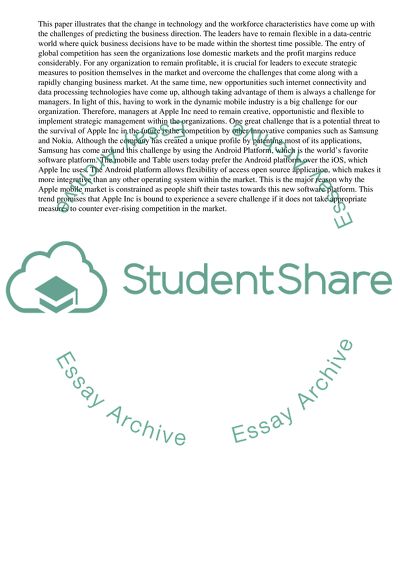Cite this document
(“Leadership Management and Management of Strategic Change in Apple Inc Essay - 1”, n.d.)
Retrieved from https://studentshare.org/management/1651230-leadership-and-management-of-strategic-change
Retrieved from https://studentshare.org/management/1651230-leadership-and-management-of-strategic-change
(Leadership Management and Management of Strategic Change in Apple Inc Essay - 1)
https://studentshare.org/management/1651230-leadership-and-management-of-strategic-change.
https://studentshare.org/management/1651230-leadership-and-management-of-strategic-change.
“Leadership Management and Management of Strategic Change in Apple Inc Essay - 1”, n.d. https://studentshare.org/management/1651230-leadership-and-management-of-strategic-change.


